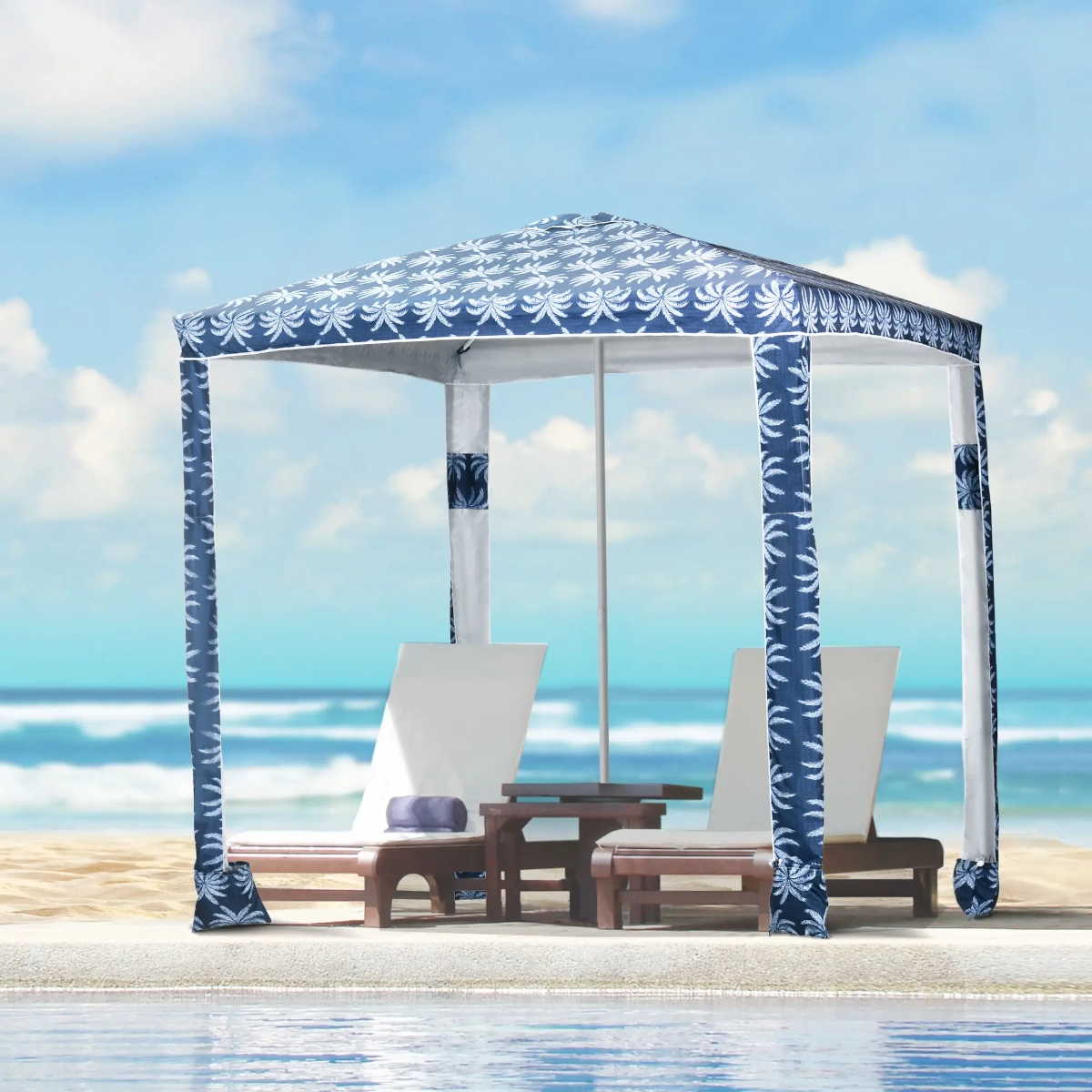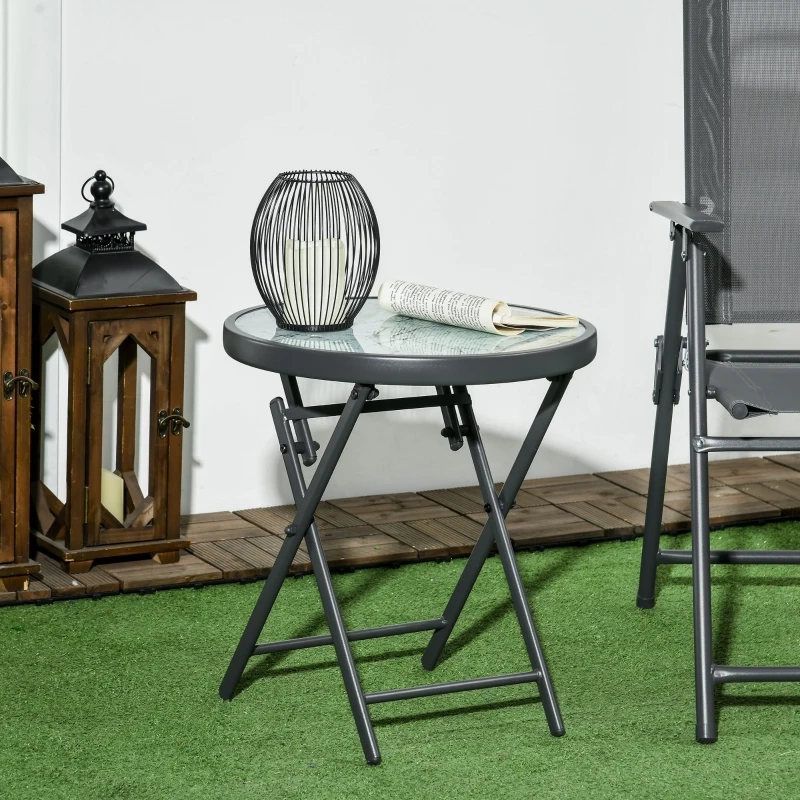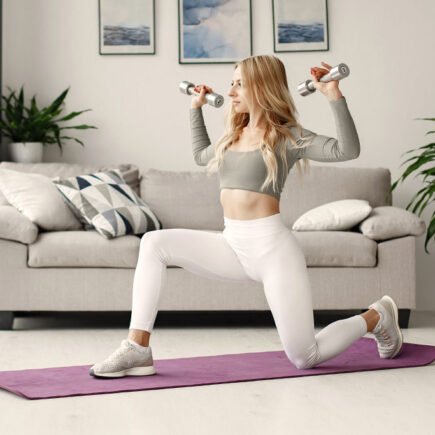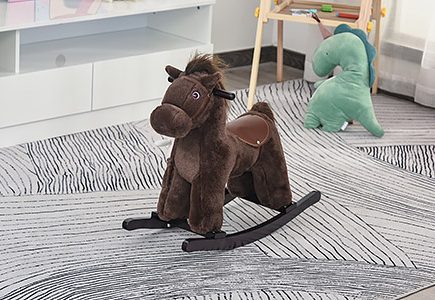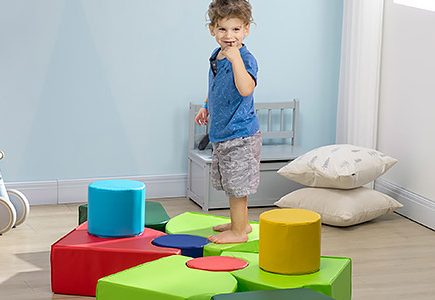Patio umbrellas are the perfect outdoor accessory, offering both comfort and protection from the sun while enhancing the overall aesthetic of your space. Choosing the right size, however, can be a bit tricky given the wide range of options available. The ideal umbrella should not only complement your patio’s layout but also provide ample shade without overwhelming the area.

1, How to Measure Your Space for the Perfect Umbrella Size
Step-by-Step Guide to Measuring Your Patio
Before you can select the right umbrella, accurate measurements of your outdoor space are necessary. Whether you’re placing your umbrella over a table, seating area, or poolside, knowing the dimensions will help you choose the best size. Here’s how to measure your space for the perfect umbrella:
- Clear the Area: Start by removing any furniture, decor, or obstacles from the space you want to measure. This ensures accurate readings and gives you a clear idea of the available space for the umbrella.
- Measure the Width and Length: Use a measuring tape to measure the length and width of the area you want to cover. Take note of the size of your outdoor table, seating, or lounge area. Be sure to measure both the diameter of the table and the surrounding space where people will sit.
- Allow Extra Coverage: It’s essential to have enough shade to cover the whole seating area. The umbrella should extend at least 2 feet beyond the edge of your table on each side. For example, if your table is 4 feet in diameter, the umbrella should ideally be 8 feet in diameter.
- Account for the Sun’s Angle: As the sun moves throughout the day, the umbrella’s shade will shift as well. If you plan to use the umbrella during different times of the day, tilting the umbrella might be more beneficial, as it allows you to adjust the shade angle.

Pro Tip: If your outdoor area is large, consider opting for multiple smaller umbrellas Outsunny 2-Piece Umbrella Weights for Cantilever Parasols with Handles instead of one large umbrella. This provides more flexibility, allowing you to adjust the shade as needed, especially for different outdoor furniture layouts.
2, Patio Umbrella Sizes: What You Need to Know
Understanding the different sizes of patio umbrellas is key to choosing the right one for your space. The size of your umbrella determines how much shade it provides, and selecting the correct size ensures your umbrella fits your space without being too big or too small.
Common Patio Umbrella Sizes
Patio umbrellas are typically categorized by their diameter. Here’s a breakdown of the most common umbrella sizes and their ideal use cases:
- Small (6 to 7.5 feet):
- Ideal For: Compact spaces such as small balconies or bistro-style tables for two people.
- Best Use: Small tables and areas where space is limited.
- Ideal For: Compact spaces such as small balconies or bistro-style tables for two people.
- Medium (8 to 9 feet):
- Ideal For: Standard patio tables that seat four to six people.
- Best Use: The most common umbrella size, perfect for most average-sized outdoor seating areas.
- Ideal For: Standard patio tables that seat four to six people.
- Large (10 to 11 feet):
- Ideal For: Large dining tables, poolside areas, or patios that accommodate up to eight people.
- Best Use: Larger tables or seating areas that need more shade.
- Ideal For: Large dining tables, poolside areas, or patios that accommodate up to eight people.
- Extra-Large (12 feet or more):
- Ideal For: Large gatherings or oversized furniture sets.

Best Use: For maximum coverage Outdoor Patio Umbrella with Twin Canopy Sunshade Steel Table Umbrella especially in areas that need to cover multiple tables or large outdoor seating arrangements.
3, Choosing the Right Size for Your Table
Selecting the right umbrella size based on your table dimensions is crucial to ensure that the umbrella provides adequate shade and does not overpower the space.
Umbrella Sizes Based on Table Dimensions
Here’s a handy guide to match umbrella sizes with different table sizes. Remember, the umbrella should extend at least 2 feet beyond each side of the table for proper coverage:
| Table Size | Recommended Umbrella Size |
| Up to 30” | 6-7 feet |
| 31”-38” | 7-8 feet |
| 39”-48” | 8-9 feet |
| 49”-60” | 10-11 feet |
| 60”+ | 12 feet or more |
Matching Umbrella Size for Different Table Shapes
- Round Tables: For round tables, your umbrella should be at least 4 feet larger than the table’s diameter. For example, a 6-foot umbrella works well for a 36-inch round table, and an 8-foot umbrella would be suitable for a 48-inch round table.
- Square Tables: Square tables require an umbrella that extends at least 2 feet beyond each side. For example, a 9-foot umbrella works perfectly for a 5×5 foot square table.
- Rectangular Tables: For rectangular tables, your umbrella should cover the table’s longest side by at least 2 feet. For example, a 10-foot umbrella would work well for an 8×5 foot rectangular table.
Umbrella Sizes for Outdoor Lounging Areas
If you’re covering a lounging area instead of a table, measure the combined size of your seating area. Add at least 2 feet to each side for sufficient shade coverage. For example, a pair of lounge chairs might require an 8-foot umbrella, while a large sectional might need a 10-foot umbrella or larger.
4, Types of Patio Umbrellas
Patio umbrellas come in various types, and the style you choose will depend on your outdoor space, aesthetic preferences, and functional needs. Let’s take a look at the most popular types of patio umbrellas:
1. Market Umbrellas

Market umbrellas are the most common type of patio umbrella. They feature a central pole design and are ideal for standard patio tables or smaller outdoor spaces.
- Ideal For: Patio tables with a hole for an umbrella or smaller outdoor seating areas.
- Size Range: 6 to 10 feet in diameter.
- Features: Easy to use, affordable, and simple to set up.
If you’re looking for a compact and efficient solution for your small patio or bistro table, a 6-foot market umbrella is perfect.
2. Cantilever Umbrellas

Cantilever umbrellas are a great option for larger areas or places where you don’t want the pole to obstruct the seating area. These umbrellas feature a side-mounted pole, allowing the canopy to hover over your seating area.
- Ideal For: Poolside areas, lounges, or patios where a pole in the center would interfere with seating.
- Size Range: 9 to 15 feet in diameter.
- Features: 360-degree rotation, adjustable tilt, and no center pole to disrupt seating.
For large patios or poolside areas, a 10-foot cantilever umbrella is a great choice. It provides flexible coverage and can be rotated to track the sun’s position throughout the day.
3. Tilting Umbrellas

Tilting umbrellas provide additional functionality by allowing you to adjust the angle of the canopy. This is ideal for areas where the sun moves across the sky, as you can adjust the umbrella to maintain consistent shade.
- Ideal For: Tables or areas where the sun changes its position throughout the day.
- Size Range: 8 to 10 feet in diameter.
- Features: Tilt feature to adjust the canopy for better shade control.
A tilting Round Garden Parasol with 6 Ribs is perfect if you want to ensure shade throughout the day, particularly if you’re seating a group of people who will be sitting for long periods.
5, Choosing the Right Base for Stability

A sturdy base is essential for keeping your patio umbrella safe and secure. Without a solid base, your umbrella may topple over in strong winds, potentially causing damage to your umbrella or nearby furniture.
Base Size Recommendations
- Up to 7.5 feet: A 20-30 pound base is ideal for smaller umbrellas.
- 7.5 to 9 feet: A 30-40 pound base works well for medium-sized umbrellas.
- 9 to 11 feet: For larger umbrellas, a 50-70 pound base is recommended.
- Over 11 feet: A base over 70 pounds is necessary for the largest umbrellas to ensure stability.

If you opt for a Cantilever Umbrella with Wind Protection Strap and Cover, make sure the base is especially heavy or consider a mounting system that can be secured to the ground for added stability.
Additional Considerations for Patio Umbrellas

When selecting the perfect patio umbrella, there are several other aspects to consider that can elevate the functionality and style of your outdoor space. These features can help enhance the user experience, providing you with the utmost comfort and practicality.
Color and Design: Enhancing Your Patios Aesthetic
Choosing the right color and design for your patio umbrella can significantly affect the overall aesthetic of your outdoor space. Here’s what to keep in mind:
- Neutral Colors: Opt for neutral tones such as beige, taupe, or gray for a more classic, timeless look that blends seamlessly with any outdoor decor. These colors also tend to fade less quickly, which is important for long-term durability.
- Bold Colors: If you want to add a pop of color to your outdoor area, consider vibrant reds, blues, or greens. Bright colors work well for modern outdoor spaces, especially around pools or gardens.
- Patterned Fabrics: For a more playful and creative outdoor vibe, patterned fabrics can add personality to your space. Consider stripes, floral patterns, or geometric designs to match your overall theme.
Tip: Many umbrellas come in a variety of fabric options, including polyester, which is often available in a wide range of colors. Choose a durable, fade-resistant fabric for longer-lasting performance.
6, Choosing Between Different Umbrella Mechanisms

Patio umbrellas come with different opening and closing mechanisms, each designed to offer convenience and ease of use. Understanding how these systems work can help you select the right umbrella for your needs.
Crank and Pulley Systems
Many umbrellas feature crank and pulley systems, which allow you to open and close the umbrella with minimal effort. These systems are perfect for larger umbrellas and are designed to give you smooth, hassle-free operation.
- Crank Systems: These are simple to use—just turn the crank to raise or lower the umbrella. This mechanism is perfect for people who want a quick and effortless way to adjust their umbrella.
- Pulley Systems: The pulley system is a more traditional design that uses a rope and pulley to open and close the umbrella. While it requires a little more effort than a crank, it is still relatively easy to use and is often seen in more classic or rustic umbrella designs.
Push-Up and Push-Button Umbrella Mechanisms
For smaller umbrellas, especially those used in bistro-style settings or compact spaces, push-up umbrellas are a great option. Simply lift the umbrella up to its fully extended height and secure it in place. Push-button mechanisms are also available, which allow for easy tilt adjustments for better shade control.
7, Patio Umbrella Safety Considerations

When you’re using a patio umbrella, safety should always be a top priority, especially if your area experiences windy conditions. Here are a few key safety tips to ensure your umbrella remains stable:
1. Anchor the Umbrella Properly
Regardless of the umbrella size, always ensure it is anchored securely in a stable base. If you’re using a large or cantilever umbrella, make sure the base is heavy enough to support the structure. For umbrellas with tilting or rotating capabilities, use a stronger base to prevent accidents.
2. Monitor Weather Conditions
When windy conditions are forecast, it’s best to close your umbrella or remove it from its base to avoid damage. Strong gusts can cause your umbrella to tip over, potentially damaging it or causing harm to nearby objects.
3. Avoid Overloading the Umbrella with Weight
While it’s tempting to use your umbrella for more than just shade, avoid hanging heavy objects from the canopy, as this can cause the frame or ribs to bend or break. Some umbrellas are designed to accommodate lights or decorations, but always follow the manufacturer’s guidelines.
8, FAQs
1. What size patio umbrella should I get for my dining table?
For a table seating six, a 10-foot umbrella is ideal. For larger tables that seat eight, choose an 11-foot umbrella for full coverage. The umbrella should extend 2 feet beyond the table’s edge on all sides to ensure everyone stays in the shade.
2. Can I use a cantilever umbrella for a smaller space?
Yes, there are smaller cantilever umbrellas available, such as a 9-foot model, which work well for medium-sized patios or pool areas. These umbrellas are ideal for tight spaces as they don’t have a central pole, giving you more room underneath.
3. How do I maintain my patio umbrella during the winter?
Store your umbrella indoors during the off-season, or cover it with a weather-resistant cover if left outside. Clean the fabric before storing to prevent mildew, and ensure it’s completely dry to avoid any mold buildup over the winter months.
4. Are tilting umbrellas better than regular umbrellas?
Tilting umbrellas offer more flexibility, allowing you to adjust the canopy angle to block the sun throughout the day. This is particularly useful for people who spend long hours outdoors or need shade at different times of the day.5. How do I prevent my umbrella from tipping over?
Use a heavy, appropriately-sized base to secure your umbrella, ideally weighing between 50-100 pounds depending on the umbrella size. For added stability, consider using a wind-resistant cover or removing the umbrella during extreme weather conditions.

